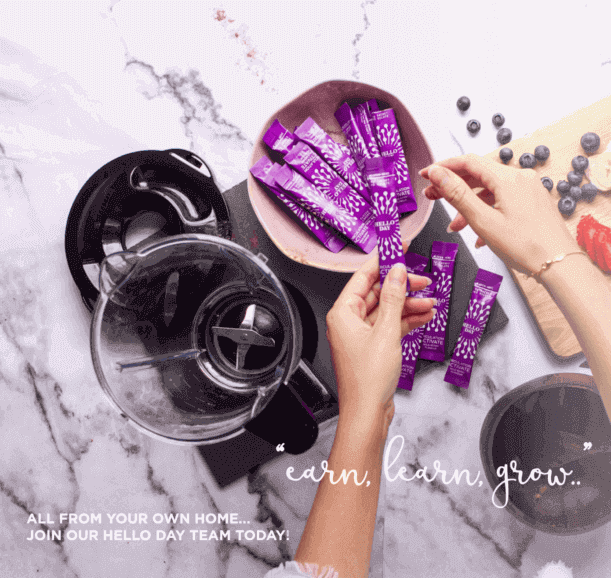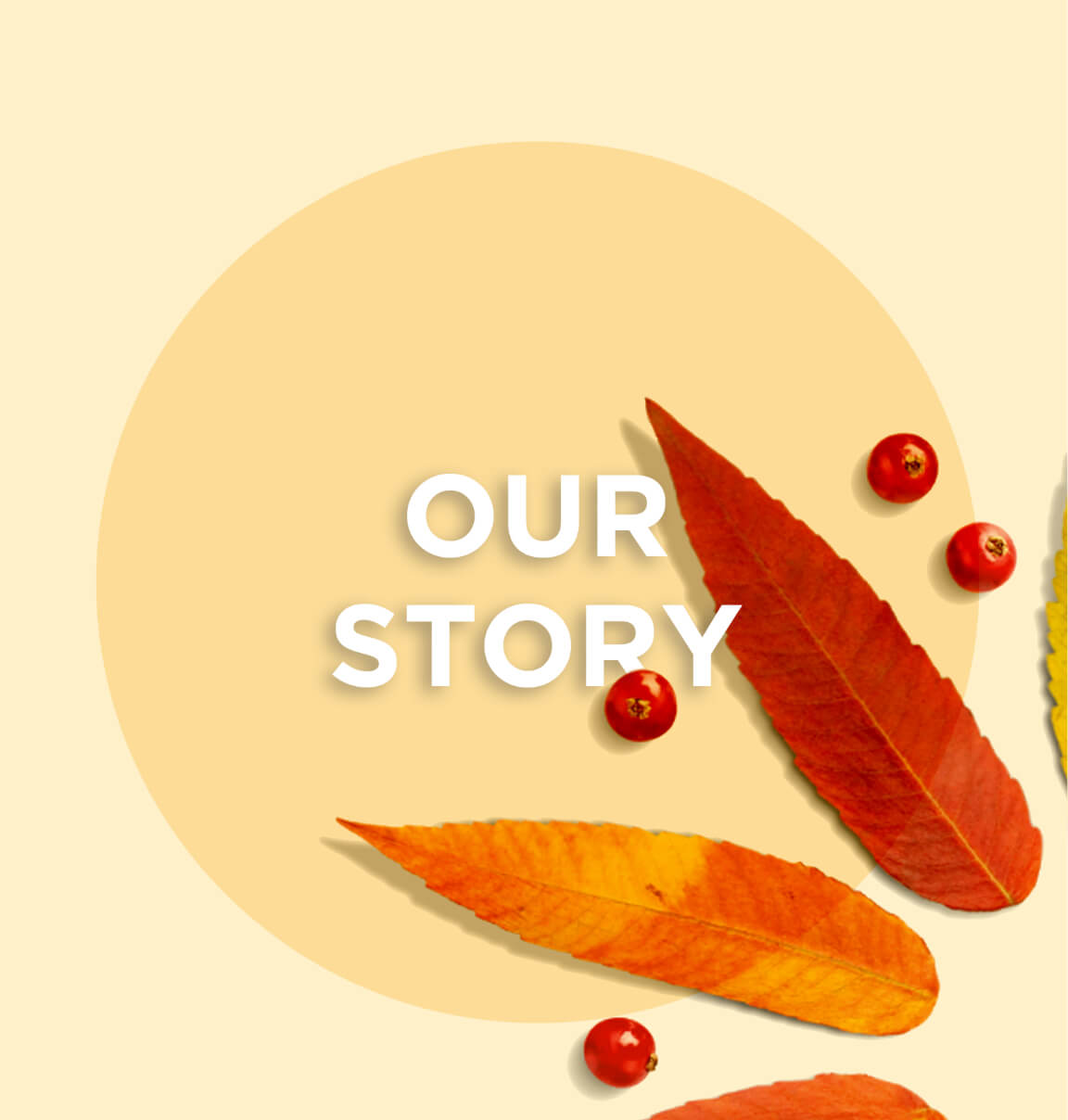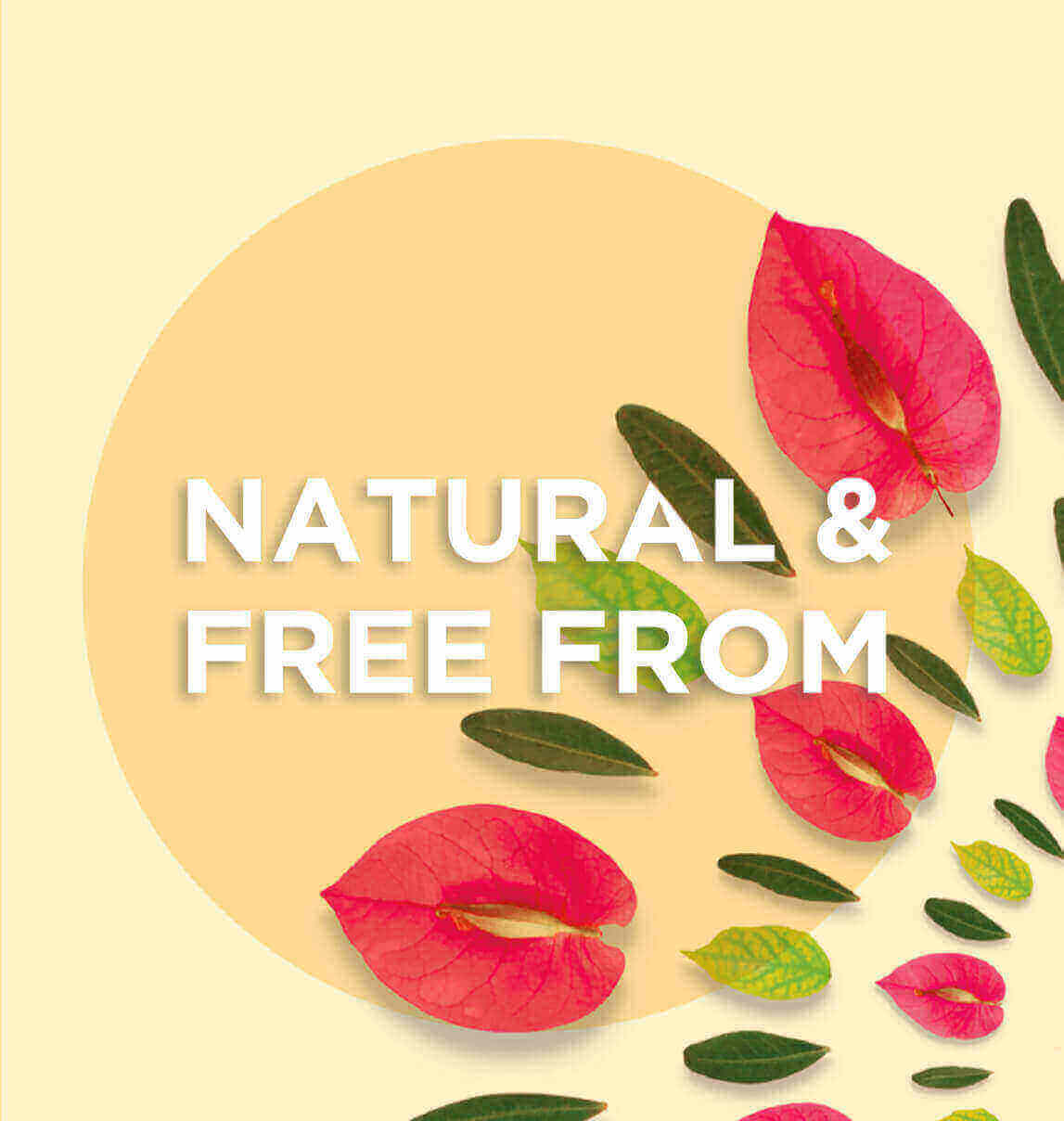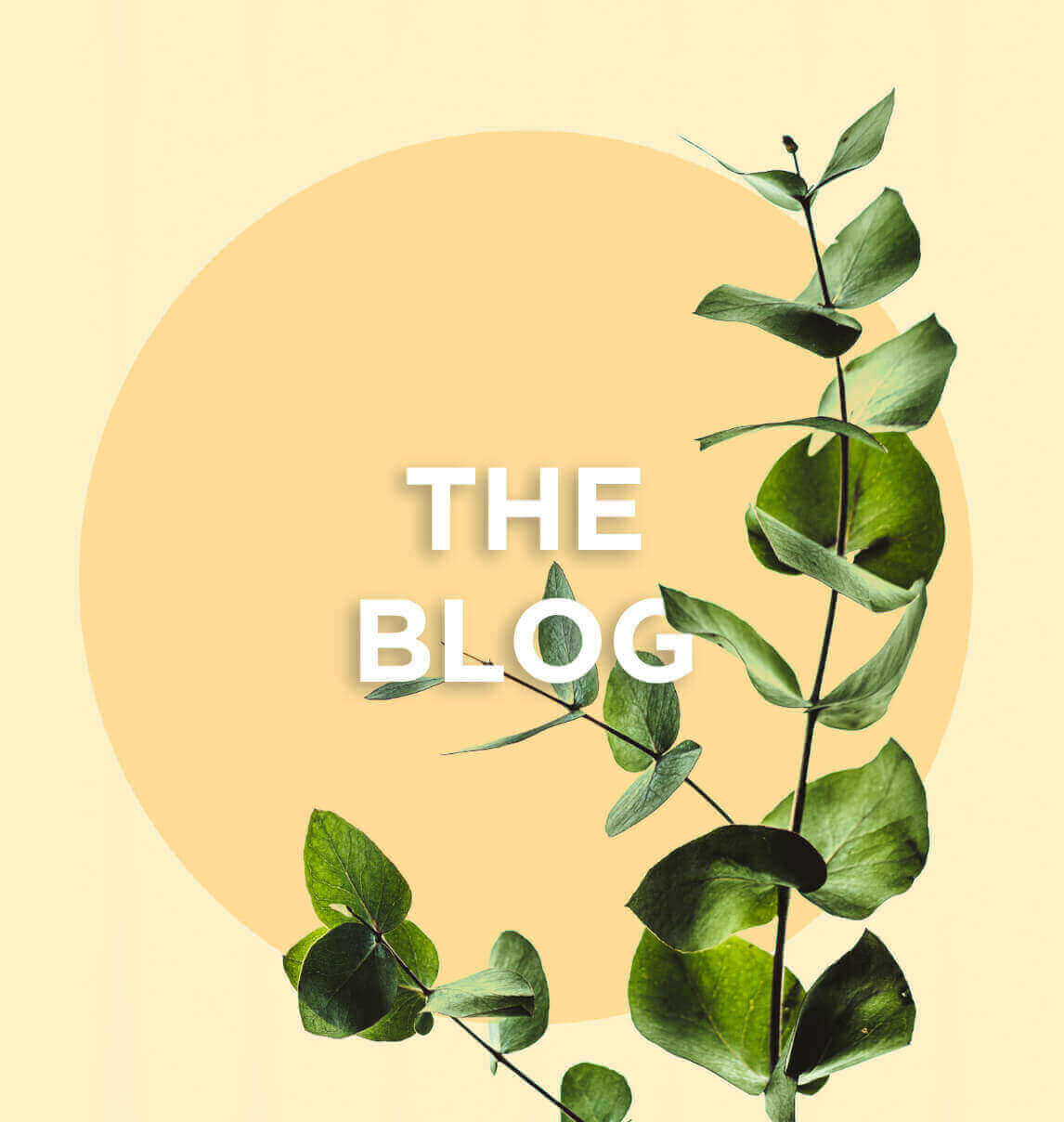Health is not merely the absence of disease. The World Health Organization (WHO) recognises the goal of holistic medicines as being a state of complete physical, mental and social well-being. They are directed mainly towards the prevention of diseases, and their chief aim is to keep all individuals in good health.
Here are a few pointers to make the most of all the benefits of these medicines.
Our changing lifestyles (in term of diet, physical exercise, stress management or simply a quest for wellbeing) are fuelling an increasing attachment to alternative medicines. A new understanding of healthcare is emerging, along with specific products and protocols. A fresh priority is becoming clear, too – that of remaining in good health and most importantly, playing an active role in one’s own health.
Holistic medicines, also known as integrative, non-conventional, alternative, or complementary medicines, champion this new approach. They help individuals maintain a good state of health and improve their wellbeing. Their approach focuses on the individual – so the individual, rather than the complaint, takes precedence. The individual is observed, as are any imbalances that may be having an effect on their physical, mental and social responses.
Phytotherapy, nutritherapy, aromatherapy, homeopathy, Chinese and Indian medicines, acupuncture, osteopathy, hypnosis, meditation, yoga, and similar practices all belong to this group of medicines.
They offer two avenues of action: curative action and preventive action, each with different treatment times: less than 3 weeks for a curative approach, and more than 3 weeks for the treatment of chronic conditions, help with change, or an approach to wellbeing. In the case of extended use for periods of more than one month, the treatment must be interrupted regularly for a few days unless there are exceptional circumstances.
Now let’s take a look at the impact of the seasons on the human body. Holistic medicines help us address this impact.
Spring and autumn are the two most tiring seasons. In spring, tiredness is felt less because the sun boosts our enthusiasm. In the autumn, on the other hand, the body has to adjust to the decrease in daylight, and tiredness and depression take their toll.
In March and April, there is a drop in immunity: this is the period with the highest risk of disease. In winter, meanwhile, we have far more immune defences. The body builds up reserves to withstand the harsher living conditions. As winter comes to an end, a lack of vitamin D may be observed due to the lack of light. Synthesis of vitamin D slows down over the winter – so at the beginning of spring, the body doesn’t have enough of it.
In the summer, with the boost spring gives, all is well, although it’s sometimes necessary to cope with minor complaints (minor injuries, sunburn, dry skin, various minor ailments, etc.).
All this means that the golden rule for a trouble-free transition from one season to the next is to do a liver flush.
This will restart the synthesis of components that are vital for many metabolisms to be in good shape (vitamins, iron, neuroregulators, etc.), and help with detoxification. The body will soon recover its usual energy levels and calmness.
It’s the first step on the road to taking charge of our own health, and protecting our body’s equilibrium.





